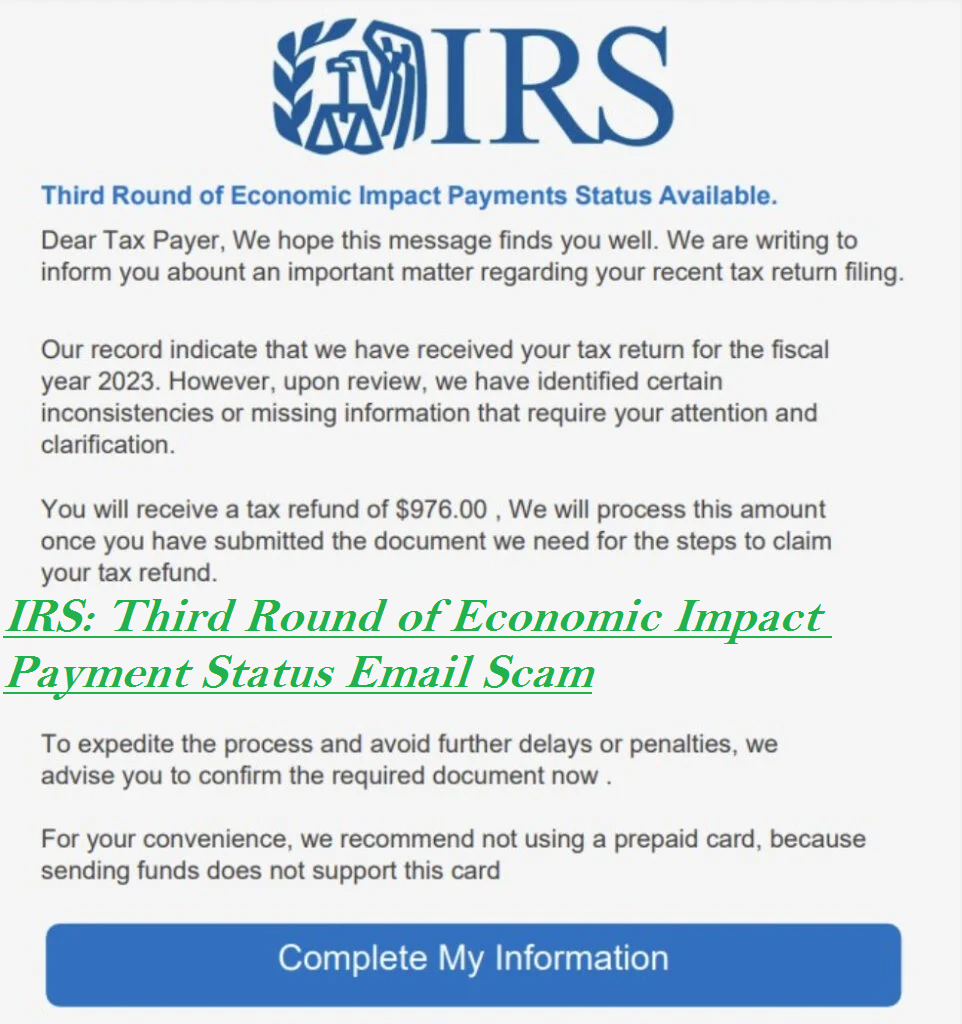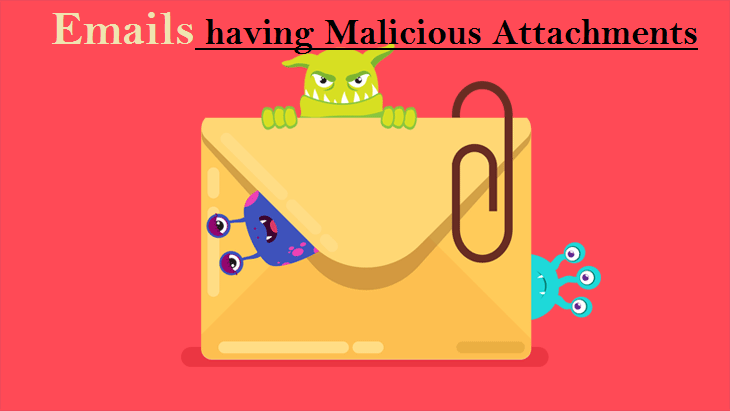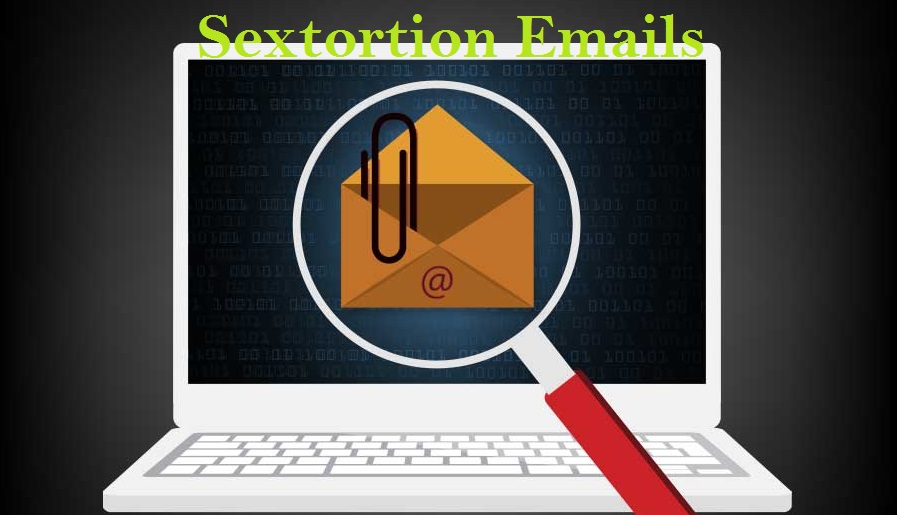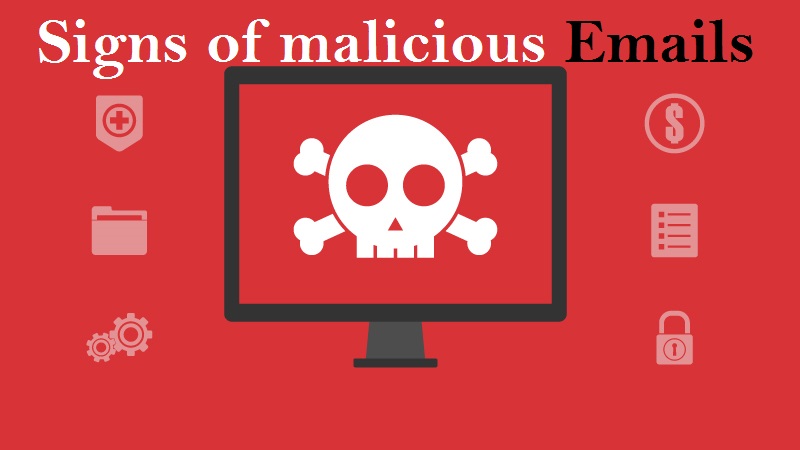IRS Third Round of Economic Impact Payment Status Email Scam

1) What is this IRS Third Round of Economic Impact Payment Status Email scam?
2) How is it done?
3) What to do if you have been scammed?
4) Conclusion
5) FAQs
6) How to stay safe online using different websites?
Have you received a message like this IRS Third Round of Economic Impact Payment Status Email, beware it’s a scammer messagewhich is shared widely by scammers to trap the naïve internet users, not necessarily only internet users they target everyone who may be trapped easily. In this article we will discuss how to spot a scam? How does a scam work? What steps should we take to avoid such scams and protect our money and valuable data from the scammers?
What is this IRS Third Round of Economic Impact Payment Status Email scam?
There is lots of scam emerging these days to trap the users. It is also one of such scams which are called Phishing. So basically scammers use a duplicate website to get your information, this fake website is designed in such a way which makes it look exactly same to the official website they claims.
The main purpose of designing their website like official website is to gain the trust of the user easily and to execute the scam, now you think website is genuine so you will easily share your bank details, credit card details, address and other personal information. And this is what they wanted you to do; you have given your personal information.
So, the email sent to you by scammers will claim that IRS has received your tax return for the financial year 2023, but they have got some problem in tax refund of $976, the problem is that there is some missing information which they need to be confirmed by you. So in order to confirm your details they will need your personal documents. There will be a link showing that you should click on it to complete the information and get your tax refund.
This may sound real but IRS does not ask for any documents, papers, clarification via email, messages or any other social media. IRS never asks for any payment by credit card, gift cards, and crypto currencies. This email is a scam which only wants to get your personal information and your money.
How is it done? How do they execute this IRS Third Round of Economic Impact Payment status Email Scam?
Scammer’s uses original logo, graphic of the IRS website to make it appear real. They use all the methods to make their email appear legitimate. They use the spoofed sender address that seems exactly like IRS domain name.URL shortener is also used to hide the destination of the link in the email shared by scammer. They give their best to make email seem like real.
The scammers create sense of urgency so that you take action immediately without thinking anything for a second. Scammers use such techniques to let us click on the link shared by them. Once someone clicks on the link they are redirected to a fake IRS website. There website asks to enter your personal details like address, social security number, credit card number, date of birth and other details. You may be also asked to provide your bank account number and to upload your passport, driver’s license etc.
Once you have shared your personal information to them now they may do any type of fraud with your documents like identity fraud, they can use your documents to take loans or other monetary advances. They may also buy anything using your credit card or Online banking details. Your bank account money may getwithdrawn; they may do unauthorized transactions and also may sell your data to criminals.
What actions should we take if we have been scammed?
So by mistake or unconsciously you have shared your information to the scammers, now you should follow simple steps to prevent the damage and protect yourself for future scams.
At first you should contact your credit card companies or your bank to get your account freeze and cancel your cards. If you have contacted them on time then they may stop the future transactions also. They may monitor your transactions and let you know of any suspicious activity.
Write an email to the [email protected]. And let them know about the scam. The IRS may investigate whole issue and also may take actions against the scammers. I am providing IRS website https://www.irs.gov/identity-theft-fraud-scams/report-phishing, you can visit this website and get more information about reporting phishing scams.
If you have shared your details and your accounts have been hacked you should change your password, make a strong password which is not easily guessable and which also can’t be broken easily. There are passwords manager also availble which you can use to generate and store your passwords.
If you have doubt that your device might be infected by the virus you should use an antivirus to scan your computer.
Conclusion
We have discussed everything about the IRS phishing scam, so if you have been a victim of it, stay aware now because scammers never stops doing it they keep discovering new ways to fraud people and get their hard earned money. If you have shared any of your information by mistake contact the related authority and file a complaint about the scam. It is necessary to file a complaint it will help you and will also alert everyone about the scams. You should also share about such scams to friends and families. So in case if they get such emails they may stay cautious of it.
FAQs
Is IRS Third round of economic impact payment status email a scam?
Yes
Should you click on the link shared by them?
Never
What should you do if you have been scammed?
Contact the related authority and file a complaint
What to do if you have received an email regarding this.
Report and block the email as scam
How to identify scam email?
Check the domain name properly, or directly contact the official number and website of the IRS
How to stay safe online using different websites?
Here are 10 major points which you can rely on for your computer security.
- Always keep your device updated to its latest version; it keeps the security patches updated which makes computer less vulnerable for malwares and scams.
- You are advised to use an ad blocker, which keeps browser safe from malicious ads and malwares also. So install an ad blocker to your browser. Or you can also use browser based ad blocker like adguard.
- You are advised to use a reputed antivirus. An antivirus always keeps your computer safe from virus and malwares. Make sure to use updated version of antivirus.
- Backup your data. Make sure to keep the backup on the cloud and any hard drive also for safety purposes. But never ever connect your hard drive to any computer which is infected from the virus.
- While downloading any files from internet surely read the agreements of the software, attachments or programs which you are downloading, so before giving any permission make sure to read the agreement.
- Choose strong passwords, it is recommended to use letters, digits and any special characters in your passwords to make it stronger.
- Don’t make a password which is easily guessable, use any password which can’t be guessed easily and also can’t be broken easily.
- While downloading any files from the internet make sure to check the authenticity of the website, because scammers also use fake websites to let you download the software they want you to download. So pay attention to it also.
- Be careful while clicking on any link it may contain malwares and may lead you to a phishing website, so avoid clicking on random links.
- Don’t use pirated software, if you are using one keep an antivirus and check your software, does it contain any virus, if yes than uninstall it immediately. Remember if you are getting something for free it means you are the product.
In terms of email-based cyber threats, what are the different types of malicious emails?
Emails having Malicious Attachments

Email spam containing malicious attachments is a commonly employed method by cybercriminals to compromise users’ computers with malware. Malicious attachments often harbor trojans that possess the ability to pilfer sensitive data such as banking details, passwords, and other confidential information.
The primary objective of cybercriminals in these attacks is to deceive their potential victims into accessing a compromised email attachment. They commonly employ email messages that discuss recently obtained invoices, faxes, or voice messages to accomplish this aim.
If an unsuspecting individual succumbs to the trap and opens the attachment, their computer becomes infected, allowing cybercriminals to gather a substantial amount of confidential data.
Although it is a more intricate technique to pilfer personal data (as spam filters and antivirus programs typically identify such endeavors), if cybercriminals achieve success, they can access a broader spectrum of information and continue accumulating data over an extended duration.
Phishing Emails

Typically, cybercriminals employ deceitful emails to deceive individuals on the internet into divulging their confidential personal information, such as login credentials for diverse online platforms, email accounts, or online banking details.
These types of attacks are commonly known as phishing. In a phishing attack, cybercriminals typically send an email that mimics the branding of popular services like Microsoft, Amazon, DHL, or Netflix. They craft messages with a sense of urgency, such as incorrect shipping details or expired passwords, and include a hyperlink, hoping to entice unsuspecting recipients into clicking on it.
Upon clicking the provided link in these email messages, victims are redirected to a counterfeit website that closely resembles the legitimate one. In this deceptive environment, victims are prompted to enter their password, credit card information, or other sensitive data, which is subsequently harvested by cybercriminals for malicious purposes.
Spam Emails

Spam emails are unsolicited, bulk messages sent to a large number of recipients simultaneously. They often contain unwanted advertisements, scams, or fraudulent offers. The primary purpose of spam emails is to promote products, services, or websites, sometimes of dubious nature.
These emails can be sent by individuals or automated bots, and they often target a wide range of recipients without their consent. Spam emails can clog up inboxes, consume storage space, and pose risks such as phishing attempts or malware distribution.
Sextortion Emails

This type of email is a form of phishing known as a “sextortion scam.” It preys on individuals’ fears and attempts to blackmail them into paying a ransom. The scam email falsely claims that a cybercriminal has gained unauthorized access to the victim’s webcam and possesses a compromising video recording of them engaging in explicit activities.
The scammers leverage the potential embarrassment and shame associated with such content to coerce the victim into paying a ransom, often in the form of cryptocurrency, to prevent the release of the alleged video. However, it is crucial to understand that these claims are entirely false and fabricated.
What are some indicators or signs that can help identify a malicious email?

To spot a malicious email you can look for the following indicators:
Suspicious Sender: Check the sender’s email address and verify if it matches the official contact information of the organization or person they claim to represent. Be cautious of email addresses that contain misspellings, random numbers, or unfamiliar domain names.
- Poorly Written Content: Pay attention to grammar and spelling mistakes, unusual language, or poor formatting. Legitimate organizations usually maintain professional communication standards.
- Urgent or Threatening Language: Beware of emails that create a sense of urgency, pressure you to take immediate action, or threaten negative consequences if you don’t comply. Scammers often use fear or time-sensitive situations to manipulate victims.
- Suspicious Attachments or Links: Be careful of email attachments or links, especially from unknown or unexpected sources. Don’t open attachments or click on links unless you are confident about their legitimacy. Hover over links to see the actual URL before clicking.
- Requests for Personal Information: Legitimate organizations typically don’t request senstive information, such as passwords, Social Security numbers, or credit card details, via email. Avoid providing personal data unless you are certain of the email’s authenticity.
- Unusual Requests or Offers: Be wary of emails offering unexpected rewards, prizes, or financial opportunities. If something seems too good to be true or doesn’t align with your normal interactions, it could be a sign of a scam.
- Suspicious Email Design: Poorly designed or visually inconsistent emails may indicate a scam. Watch for generic greetings, mismatched logos, or distorted images.
If you have doubts about an email’s legitimacy, it’s best to err on the side of caution. Avoid clicking on links or downloading attachments, and consider contacting the sender through a verified channel to verify the email’s authenticity.
What actions can be taken if you have fallen for an email scam?

Below are the steps you should take if you’ve fallen prey to the IRS Third Round of Economic Impact Payment Status Email Scam.
- If you have mistakenly provided your credit card information after clicking on a link in a phishing email, it is crucial to immediately contact your bank and inform them about the situation. It is highly likely that you will need to take steps to cancel the compromised credit card and request a replacement for enhanced security.
- If you have inadvertently provided your password after falling for an email scam, it is essential to promptly change your password. Typically, cybercriminals gather stolen login details and sell them to other malicious groups for potential exploitation. By changing your password immediately, you reduce the likelihood of criminals having sufficient time to cause harm or unauthorized access to your accounts and information.
- If you notice any indications of identity theft, it is important to promptly reach out to the Federal Trade Commission (FTC). The FTC will gather information about your situation and develop a personalized recovery strategy.
- Assist in safeguarding fellow internet users by reporting phishing emails to organizations such as the National Fraud Information Center, Anti-Phishing Working Group, FBI’s Internet Crime Complaint Center, and the U.S. Department of Justice.
- If you have inadvertently opened a malicious attachment, it is likely that your computer has been compromised. To address this, it is advised to conduct a thorough scan of your system using a reliable antivirus software. We suggest utilizing SpyHunter 5 for Windows to help mitigate any potential threats.
⇓⇓Download Spyhunter 5 Free Scanner⇓⇓
Do make sure to read SpyHunter’s EULA and Privacy Policy. Spyhunter free scanner downloaded just scans and detect present threats from computers and can remove them as well once, however it requires you to wait for next 48 hours. If you intend to remove detected threats instantly, then you will have to buy its licenses version that will activate the software fully.
Frequently Asked Questions
Why was I included in the distribution of this email?
Phishing emails are often disseminated by threat actors through extensive campaigns, leading to thousands of recipients receiving comparable messages.
If I have viewed a spam email but refrained from opening the attachment, is there a possibility that my computer has been infected with malware?
Simply opening or reading an email does not pose a direct risk of malware infection. The actual threat arises when you interact with malicious attachments or links contained within the email, triggering potential malware download or installation processes.
If I downloaded and opened a file from a spam email, does that mean my computer is infected?
If the file you opened from a spam email was an executable file (.exe, .run, etc.), there is a high chance that your computer may be infected. However, if the file was a document format (.doc, .xls, .one, .pdf, etc.), the risk of infection may be lower as these formats usually require additional actions to initiate the download or installation of malware, such as enabling macros or clicking on embedded content.
If I have unknowingly shared my personal information in response to a deceptive spam email, what steps should I take to mitigate the potential risks?
If you have mistakenly shared your login credentials, it is crucial to change the passwords for all affected accounts promptly. Additionally, if sensitive personal information like identification documents or credit card details were disclosed, it is important to promptly notify the relevant authorities or organizations responsible for handling such incidents.
Is SpyHunter 5 capable of detecting and eliminating malware infections that may be present in email attachments?
SpyHunter 5 is powerful security software that is specifically designed to scan devices and effectively remove various types of malware infections. With its comprehensive scanning capabilities, it can detect and eliminate most known malware threats, including those that may be present in email attachments and pop-up notifications. Running a thorough system scan is crucial to ensure that all potential threats are identified and removed from your device.




